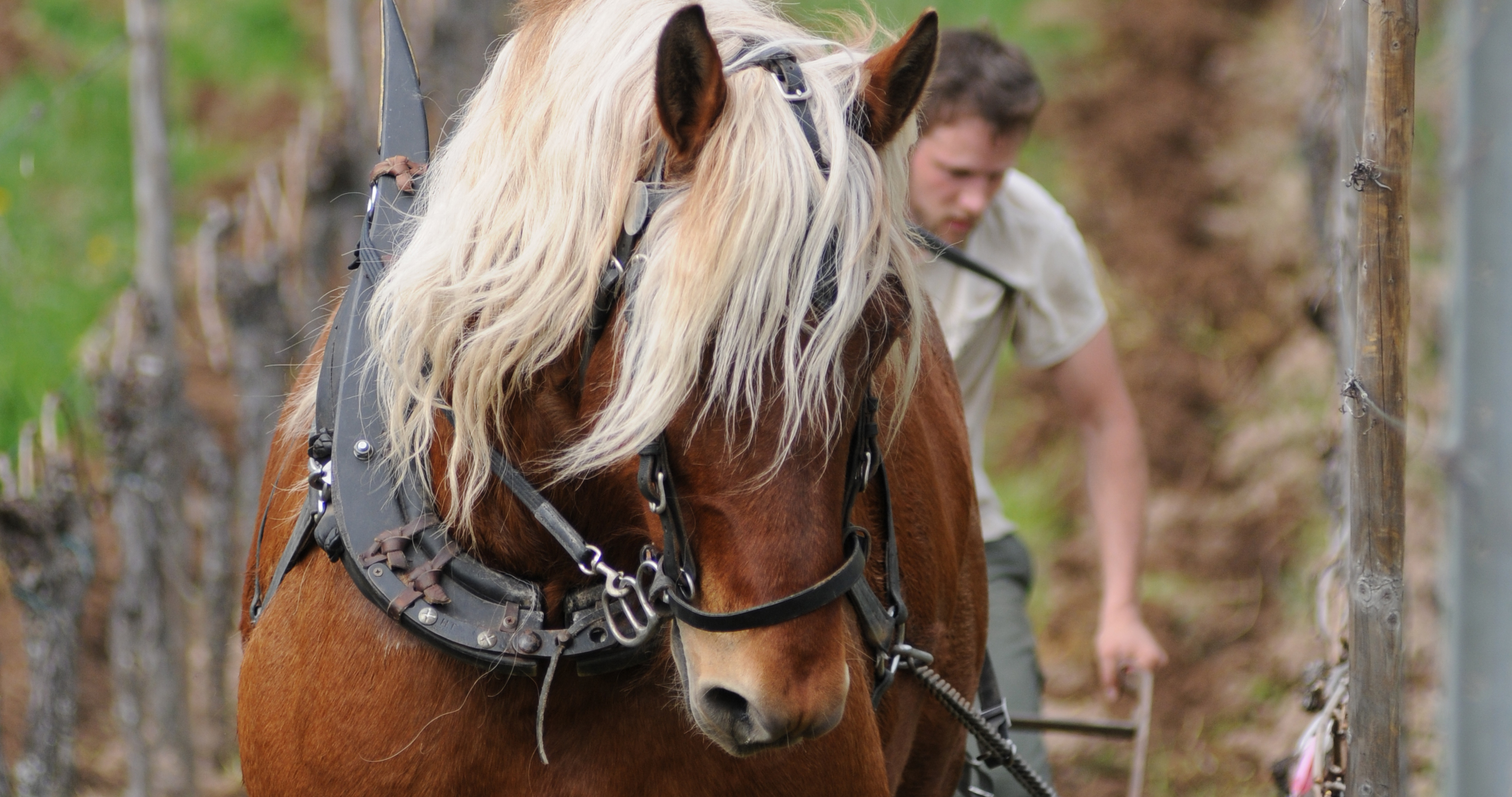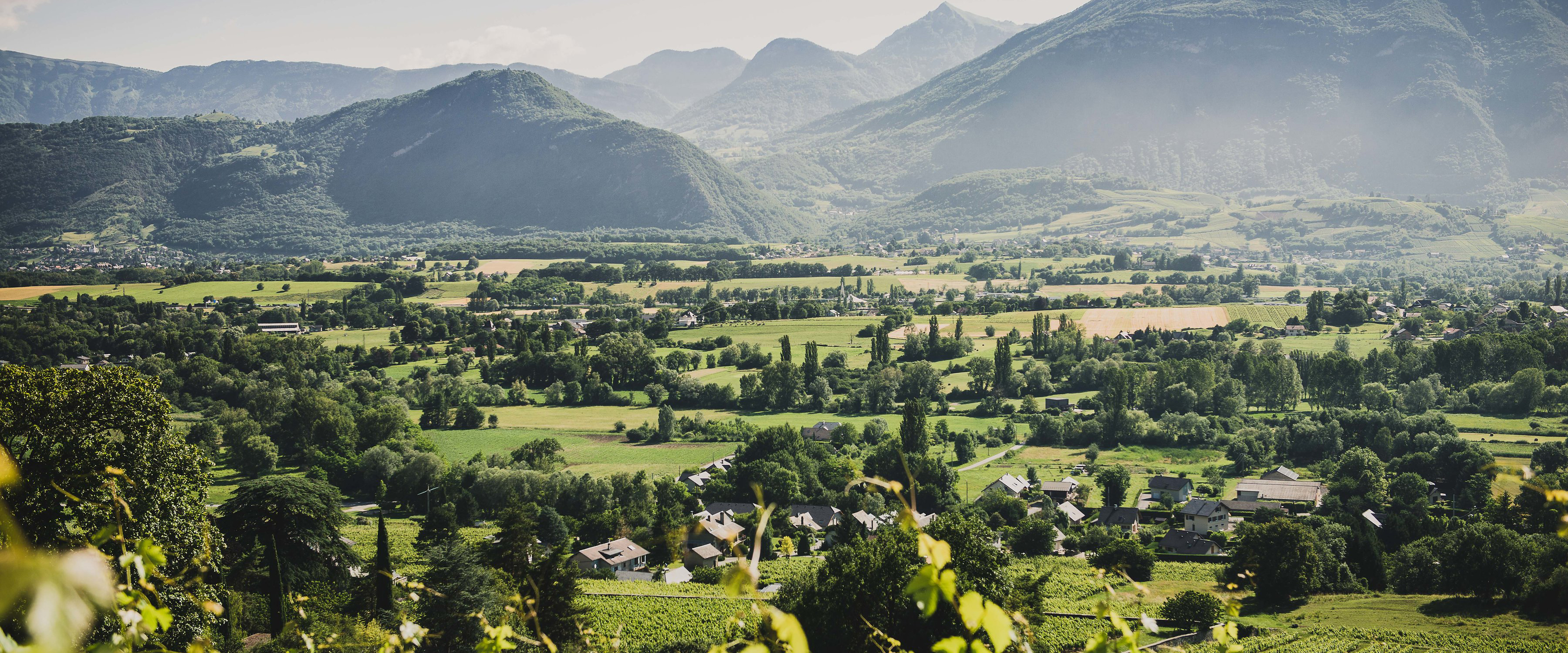
Hidden gems of France
Who doesn’t love Burgundy? Or Bordeaux? Or the Rhone? But what about those smaller, lesser-known and more obscure parts of France, like Savoie or the Jura? Taking the road less travelled, we meet some of the most exciting, down-to earth producers in France, crafting individual wines that unashamedly sing of their unique place.
Jean Perrier et Fils
Savoie
Savoie may be one of France’s smaller and lesser-known regions, but it is big on personality. Practically bordering Switzerland, this region’s producers consistently craft a range of fresh and elegant wines from various indigenous grapes.
With a long family history in the region, the Perriers started growing grapes and bought a cellar in 1853. Exchanging hands through various generations, the big change came in 1947, when Jean Victor Perrier was the first in Savoie to bottle his own wine.
Growing and expanding both their land and winemaking facilities throughout the years, their vineyards now cover 62ha across 120 parcels. Today, Jean Perrier is operated by brothers Philippe, Christophe and Gilles, who took over in the 1980s from their father, Gilbert Perrier.
The Perrier brothers farm their vineyards organically, even though they aren’t certified. Harvesting takes place by hand and grapes are destemmed and sorted before being gently pressed using a pneumatic press.
With a focus on indigenous grapes, their vineyards are planted to Jacquere, Altesse and Mondeuse, among others. Gilles Perrier says, “The passion and dedication to our indigenous grape varieties show in the hard work all done by hand due to the sheer steepness of the parcels and the final quality of our wines. The grapes of Savoie are largely unknown outside the region, many of them cannot be found anywhere else. The altitude creates stunning, fresh and idiosyncratic styles – a must for any wine list.”
Domaine Marc Kreydenweiss
Andlau, Alsace
With three centuries of viticulture in his family history, Marc Kreydenweiss is one of the most sought-after producers in Alsace today. In the 44 years of running his eponymous domaine, Marc has evolved the viticultural practices and since 1989, they have been operating completely biodynamically.
The winery is located in Andlau, between Strasbourg and Colmar, in the area of Piemont des Vosges. Nestled at the bottom of the mountains, the vineyards benefit from a continental climate, while the soils offer a unique mosaic of terroirs, ranging from pink sandstone in Wiebelsberg and black slate in Kastelberg, to blue slate in Clos du Val d’Eléon and Clos Rebberg, as well as marl and limestone in Moenchberg.
“The Kreydenweiss wines can be called natural in the best sense,” says Bibendum buyer, Robert Mathias. “Since taking over from Marc, his son Antoine has continued the biodynamic mission, achieving perfect maturity and healthy grapes while using a low dosage of sulphur in the wines. It’s refreshing to find wines that are so true to their terroir, and move away from generic or stereotypical varietal aromas and four-squared winemaking. Each year a new artist is chosen to express the new vintage on the label – the domaine fosters creativity and individuality not only in their wines! – and this helps to make their memorable wines even more memorable.”
In 1999, Marc decided to expand his operations beyond Alsace and acquired a 20ha property in the Rhone’s Costieres de Nimes, between Nimes and Arles. This region quickly emerged as the ideal place to expand their passion for red wine, and they are particularly interested in Carignan, Syrah and Grenache.
Rijckaert
Jura
At half the size of Chablis, Jura may well be France’s smallest wine region, but it’s definitely one to watch. Nestled between Burgundy and Switzerland, the region has a particularly small production and is still largely unknown.
Bibendum supplier manager, Emilie Blanc, says, “Domaine Rijckaert is a very small estate created in 1998 by Jean Rijckaert, a passionate Belgian winemaker. For France, this very much makes them a newcomer. Jean has been able to successfully embrace the traditional viticulture and winemaking methods used in the region, creating well-balanced and elegant wines that express the diversity of the terroirs they originate from.”
Since 2013, Jean has gradually been passing on the torch of his passion to Florent Rouve, sharing the ‘savoir-faire’ that has shaped the incredible reputation of his wines: restricted yields, manual harvesting, slow and moderate pressings, indigenous flora, long wine ageing, and a few other precious secrets…
Ermitage Pic St Loup
Pic St Loup
Located 20km from Montpellier in a region that was historically known for sheep, olive trees and vines, the Ermitage Pic St Loup estate covers 55ha of vineyards, with a further 300ha of woods on the property. Established by brothers Jean-Marc, Pierre and Xavier Ravaille, this is a family operation with a long winemaking history dating back to the 18th century.
Produced from vines grown on different terrains – limestone, clay, red earth, gravel and pebbles – the wines show incredible balance. The estate has been working naturally for several years and the brothers explain that care is particularly given to the cultivation of the vine, which is conducted entirely organically (with ECOCERT certification) and biodynamically (uncertified). “The soils are ploughed, the vines are harvested manually, and no pesticides are used. We do not add yeast, and use very little sulphur,” they say.
